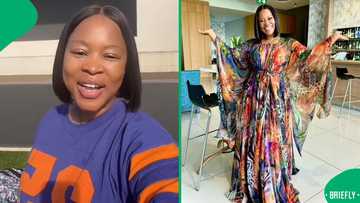How to become a model: a complete guide for aspiring South African talent
Wondering how to become a model for brands or editorial in South Africa? Succeeding in the industry requires dedication and knowing how to choose the right type of modelling, build your portfolio, find the right agency, understand contracts, and develop your personal brand.
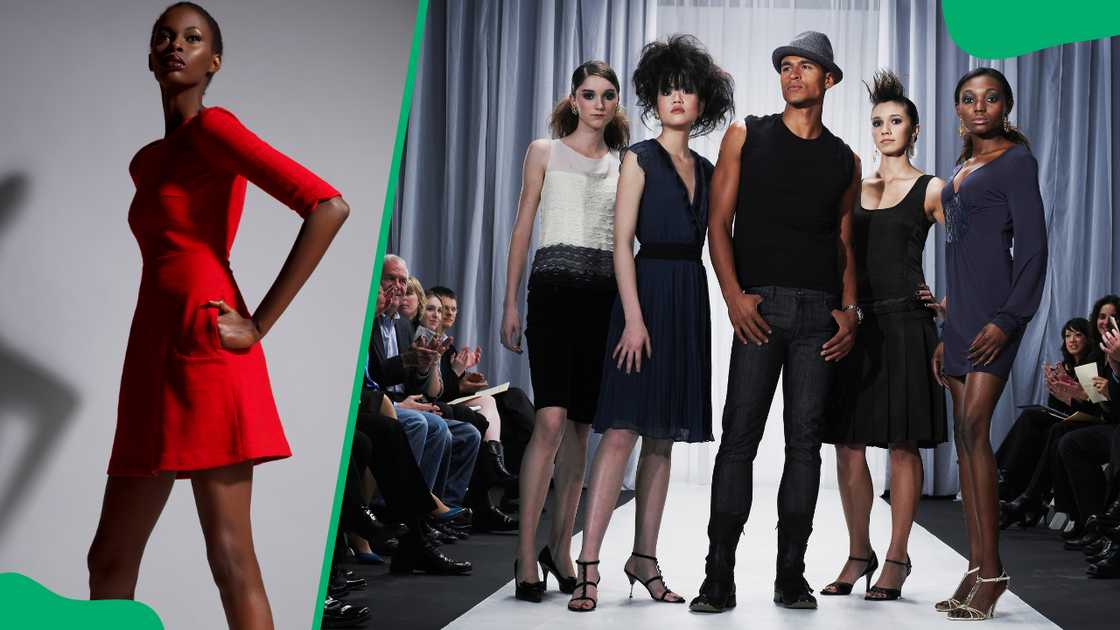
Source: Getty Images
TABLE OF CONTENTS
Key takeaways
- The major hubs for the modelling industry in South Africa are Cape Town, Johannesburg, and Durban, where most agencies and modelling events are concentrated.
- Modelling requirements for ideal physique are strict in fashion and editorial modelling, while commercial modelling is open to all body types and ages.
- Working with a reputable modelling agency is likely to lead to a successful career, as they ensure you find the right clients and network with helpful industry professionals.
What is required to be a model in South Africa?
The path to becoming a model in the country can be challenging if you do not understand how the industry works. It is a vibrant but competitive market with opportunities for both local and international work. Learn how you can start modelling with these top seven tips.

Read also
A TikTok video highlighted short safety courses in South Africa as a pathway into safety officer jobs
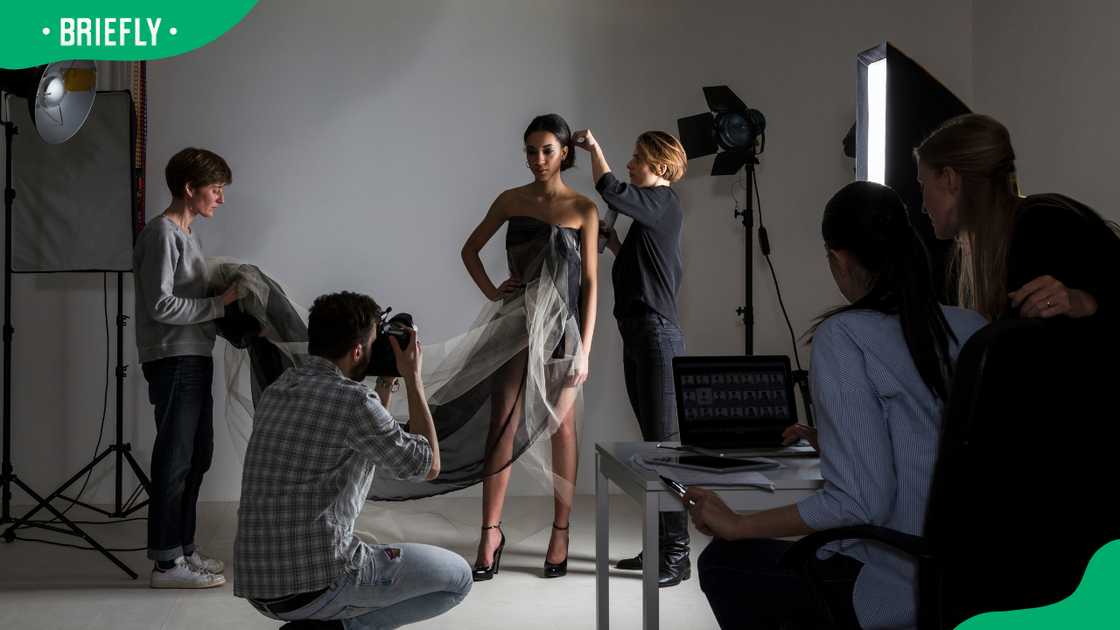
Source: Getty Images
1. Understand the different types of modelling
Aspiring models should know the area of modelling that suits them best. Different types have varying requirements in terms of height, size, and look.
- Fashion/editorial modelling: Features high-end fashion campaigns, runway shows, and magazine campaigns. They have strict height and size requirements: typically 1.73m (5 feet 8 inches) or taller for female models and 1.83m (6 feet) or taller for male models.
- Commercial modelling: A more flexible type of modelling with no strict requirements for size, height, body type, or age. They promote products or brands in advertisements, catalogues, and TV commercials.
- Fitness modelling: Requires a fit and toned physique. You can work with athletic brands or feature in health campaigns.
- Parts modelling: Focuses on specific body parts such as hands, feet, hair, or eyes for commercial campaigns. You need aesthetically pleasing and well-maintained features to find clients.
- Influencer modelling: A growing niche in modelling as ad companies adopt influencer marketing to promote their products. Influencer models leverage their personal brand and social media presence to advertise products.

Source: Getty Images
2. Build your portfolio and 'digitals'
When you are starting on your modelling journey, you need to have simple and natural pictures. The digitals or polaroids should be:
- Taken in natural light against a plain background to show what you look like in real life
- Wear simple and form-fitting clothes.
- Include side and front pictures of headshots and full-length body shots in different outfits.
- Avoid wearing makeup and heavy photo editing.
- Include your physical stats like height, weight, body measurements, hair colour, and eye colour.
Once you start landing modelling gigs, ensure you build a professional portfolio. You can work with a reputable photographer to create high-quality pictures.
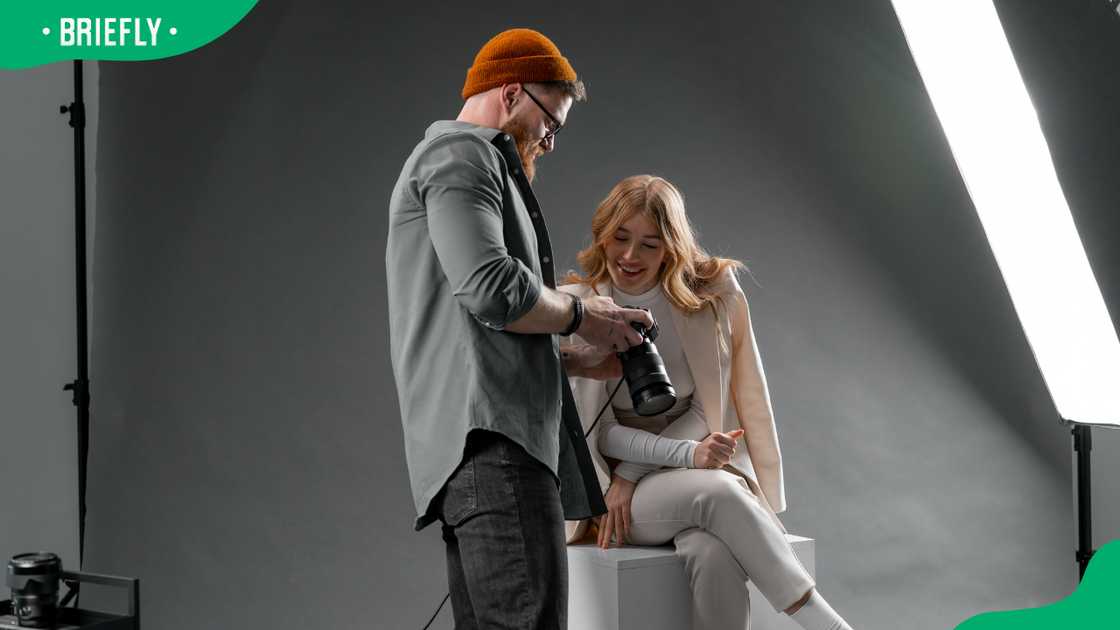
Source: Getty Images
3. Find a reputable modelling agency
Working with a credible modelling agency helps you build a successful modelling career. Agencies ensure you find work and help you navigate the industry by acting as a liaison between you and clients.
Ensure you look for agencies in South Africa's major cities, like Cape Town, Johannesburg, and Durban, that have a good reputation. The National Association of Model Agencies (NAMA) is a great place to check for accredited agencies.
Once you find an agency that suits you, submit your portfolio and attend open calls. Avoid scams that may falsely pose as scouts. Reputable agencies will never ask for inappropriate images or demand large fees upfront.

Source: Getty Images
4. Maintain your appearance and professionalism
To succeed in the highly competitive industry, you must have the discipline to:
- Maintain a healthy lifestyle and take care of your skin and hair. Great physical appearances are crucial in modelling.
- Practice your poses in front of a mirror and camera to get better at it.
- Attend local fashion shows and events to network and gain experience.
- Learn to handle rejection well and remain persistent because it is common in the industry.
5. Leverage social media
Social media platforms are the perfect place to build your personal brand and get noticed by modelling agencies or clients. Create your profile with high-quality pictures and ensure you post regularly. Your content on TikTok, Facebook, or Instagram should showcase your style and personality.
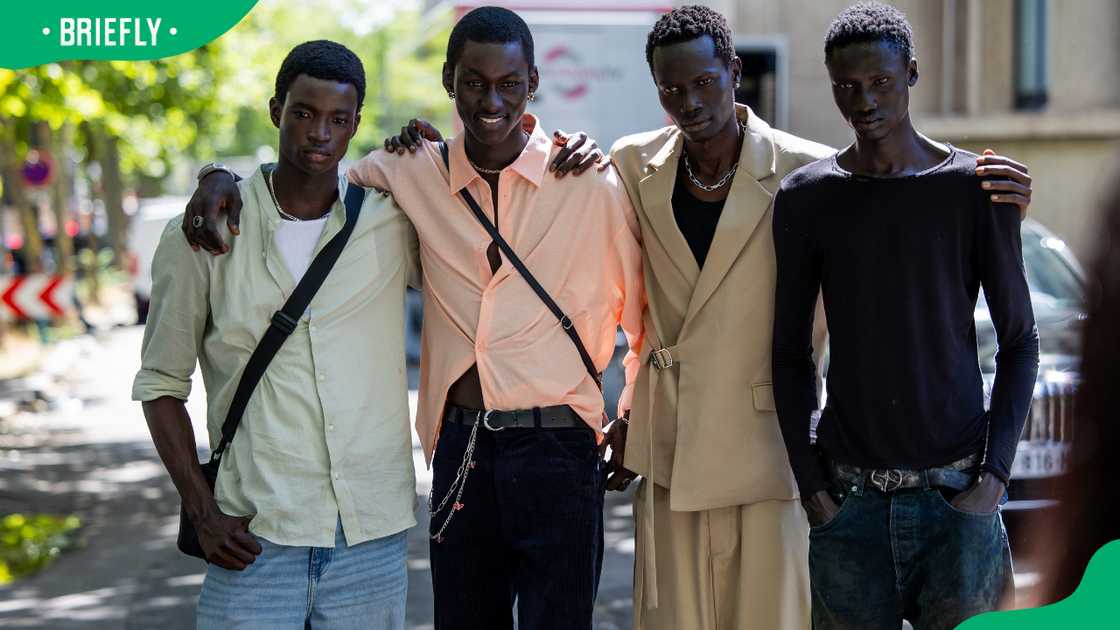
Source: Getty Images
6. Attend modelling school
While many successful models have been discovered and signed without any formal training, attending a reputable modelling school can give you a valuable head start. These institutions prepare you for the competitive industry and facilitate peer support.
Find a modelling school that has connections with photographers, casting directors, and legitimate modelling agencies. Notable schools in South Africa include The Model Academy, Ace Models, and Figures Models SA.
7. Understand the legal aspects of modelling
The legal aspects of modelling can be complex because of the contract and labour laws involved. You may require the services of a qualified lawyer as your career progresses, but when you are starting, understand these basics:
- Models sign release forms granting permission for their image to be used commercially.
- The contract with your client should specify where and how the images will be used, whether in print or digital form.
- The contract with your agency should outline the terms of representation, commission structures, duration, exclusivity clauses, and the model's responsibilities.
- For models below the age of 18, parental consent is required, and they are protected under the child labour laws.
- For intellectual property and image rights, photographers typically own the copyright to images unless otherwise agreed, but the model has the legal rights over the commercial use of their likeness.
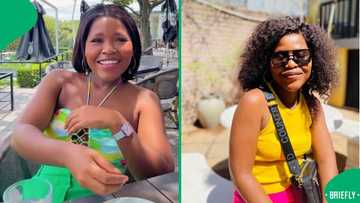
Read also
Affordable fashion: Mr Price's handbag range gains popularity in South Africa as woman showcases it

Source: Getty Images
How much do models get paid in South Africa?
The compensation for models in South Africa varies with factors like experience, location, client, and type of work. The average pay is around R245 per hour (R101,700 per year), according to Payscale.
Beginner models get paid approximately R49 per hour (R30,000 per year) while experienced high-earning models make about R645 per hour (R700,000 per year). Modelling agencies usually charge a commission of around 20% on a model's earnings.
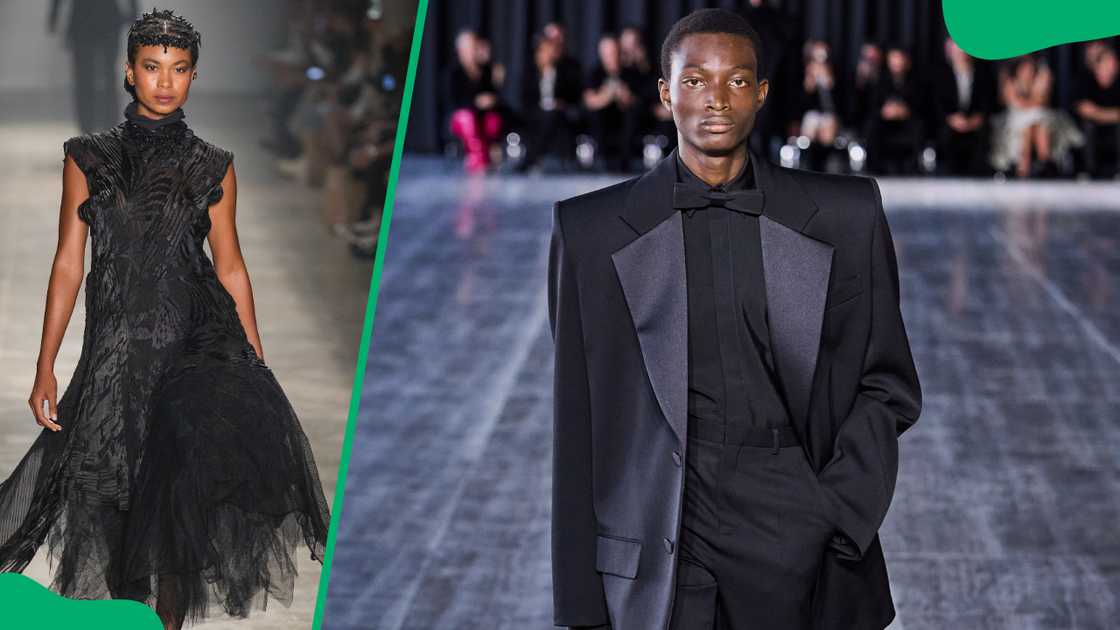
Source: Getty Images
Conclusion
The above tips on how to become a model in South Africa should help you enter the industry. Whether you are aiming for high fashion, commercial, or influencer marketing, the vibrant market has opportunities you can grab.

Source: Original
READ MORE: 25 most influential black female models in the world | What are their countries of origin?
Briefly.co.za highlighted some of the world's most influential black female models. These trailblazers have redefined beauty while building legacies beyond the runway.
The 1980s and 1990s were dominated by supermodels like Naomi Campbell, Tyra Banks, and Veronica Webb. Modern models Adut Akech and Winnie Harlow shine on contemporary runways and editorial magazines.
Source: Briefly News



